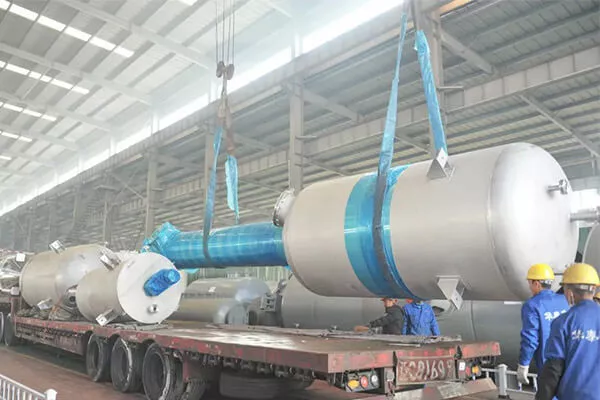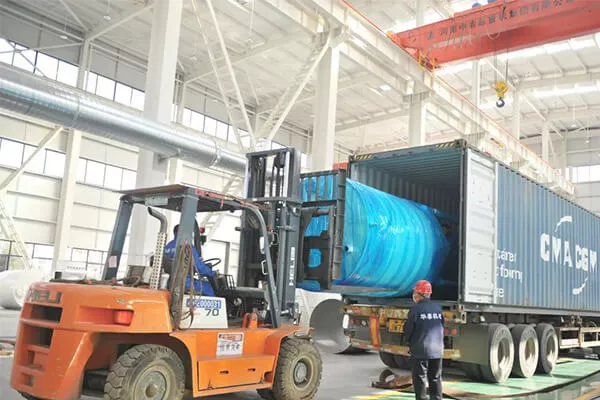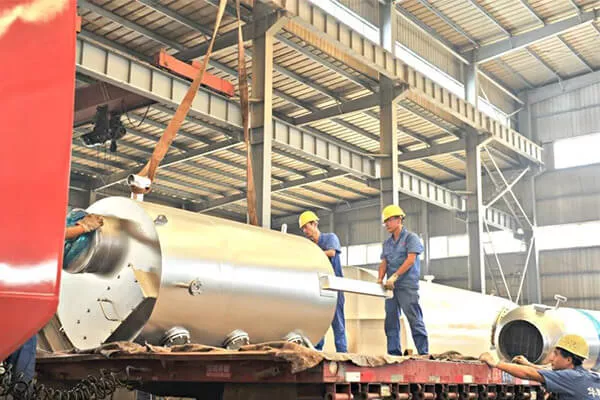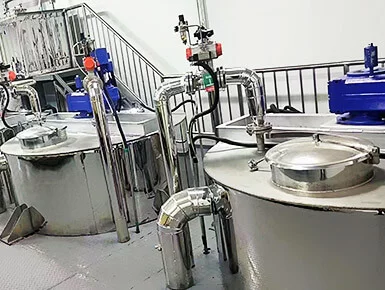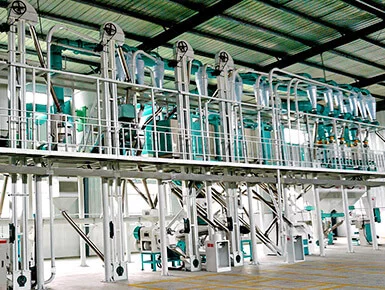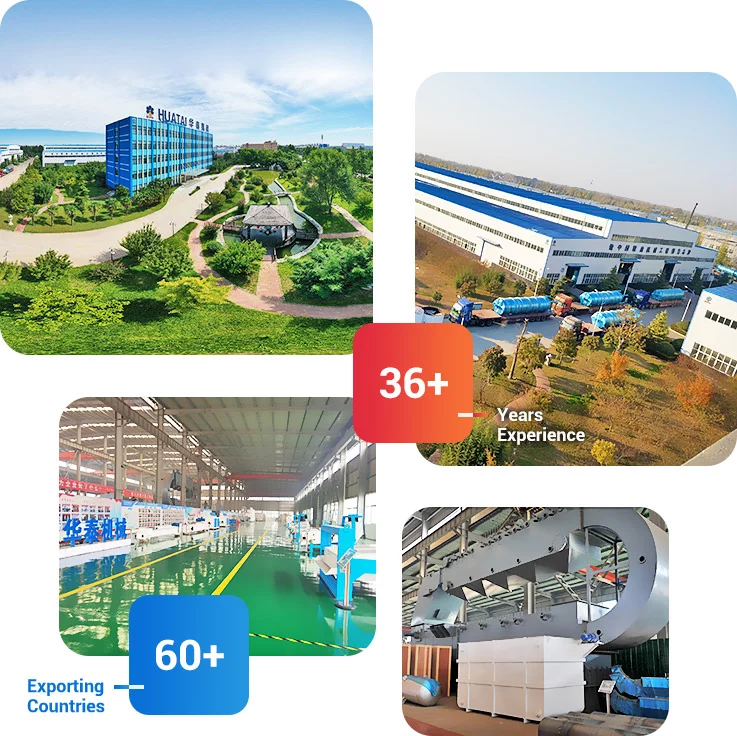![Huatai Soybean Oil Processing: Solvent Extraction Method]()
Huatai Group, a leading manufacturer of soybean oil processing equipment, offers advanced and efficient solutions for extracting soybean oil using the solvent extraction method. This method is widely used in industrial production due to its high efficiency and ability to achieve a low residual oil rate in the meal. Below is a detailed explanation of how the solvent extraction method works in Huatai’s soybean oil processing:
1. Preparation of Soybean Flakes
Before the extraction process begins, soybeans undergo several preparatory steps:
Cleaning: Soybeans are thoroughly cleaned to remove impurities such as dust, stones, and metal particles.
Crushing and Flaking**: The soybeans are crushed and rolled into thin flakes. This process increases the surface area, making it easier for the solvent to penetrate and extract the oil.
2. Solvent Extraction Process
The core of the solvent extraction method involves the following steps:
Extraction: The soybean flakes are placed in an extractor where a solvent, typically hexane, is sprayed countercurrently. The solvent dissolves the oil from the flakes, creating a mixture known as miscella.
Countercurrent Flow: Fresh solvent is continuously added to the extractor, moving in the opposite direction to the soybean flakes. This countercurrent flow maximizes the extraction efficiency.
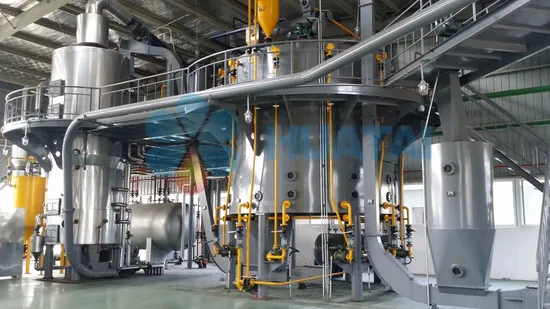
3. Separation of Oil and Meal
After the extraction process:
Miscella Evaporation: The miscella, which contains the dissolved oil and solvent, is evaporated under vacuum at low temperatures. This process separates the oil from the solvent.
Meal Desolventizing: The soybean meal, which still contains solvent, undergoes desolventizing, drying, and cooling. This step involves indirect steam heating and direct steam stripping to remove the solvent from the meal.
4. Solvent Recovery
Efficient solvent recovery is crucial for both economic and environmental reasons:
Condensation and Recovery: The solvent vapor is collected and partially condensed. The condensed solvent is then separated from the water and reused in the extraction process.
Free Gas Treatment: Any residual solvent in the free gas is treated using methods such as absorption towers or freezing to ensure complete recovery and minimize environmental impact.
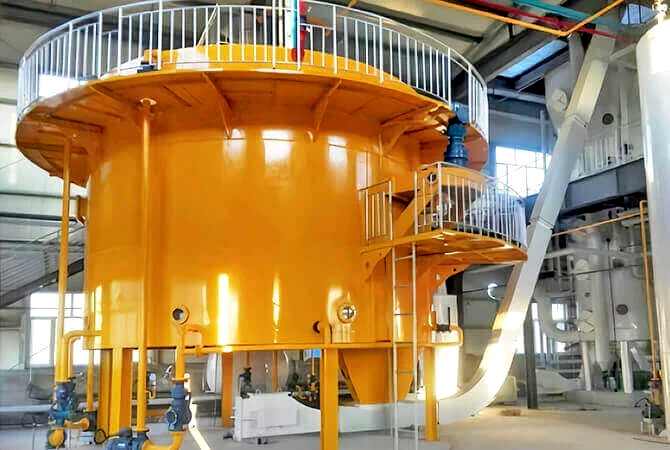
5. Crude Oil Refining
The crude oil obtained from the extraction process is then refined to produce high-quality edible soybean oil. The refining process includes:
Degumming: Removal of phospholipids and other peptidic impurities.
Deacidification: Neutralization of free fatty acids using alkali or physical methods.
Decolorization: Removal of pigments using adsorbents like white clay.
Deodorization: Removal of odor substances through high-temperature steam distillation.
Advantages of Huatai’s Solvent Extraction Method
High Oil Yield: The solvent extraction method achieves a higher oil yield compared to mechanical pressing, with a residual oil rate in the meal below 1%.
Efficient Solvent Recovery: Huatai’s equipment ensures efficient recovery and recycling of solvents, reducing costs and environmental impact.
High-Quality Meal: The extraction process preserves the nutritional value of the meal, making it a high-quality feedstock for livestock and aquaculture.
![]() Service Coverage
Service Coverage
![]() FAQ
FAQ






